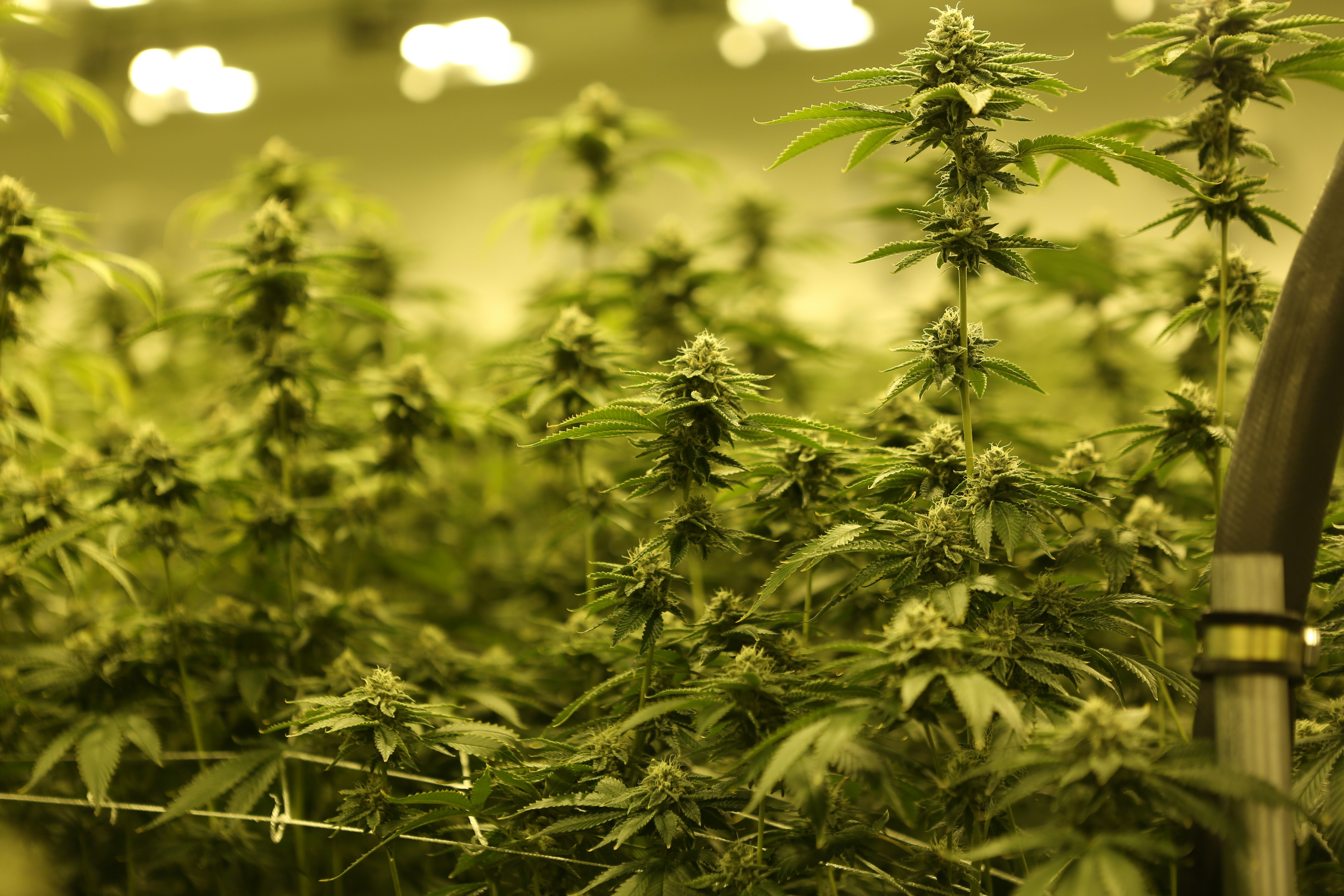With medical marijuana growing in popularity and legality across the United States, it’s no surprise that CBD, or cannabidiol, has become a common alternative and topic of conversation, too. Derived from marijuana plants, CBD does not provide users with the “high” associated with the plant itself—consequently, CBD products from a reputable source will not appear on drug tests.
For patients who prefer to use these natural methods in addition to or rather than use prescription medications, CBD can help provide some of the benefits seen in medical marijuana, including pain relief, without risking their employment or schooling (even in states where marijuana has been legalized for medical or recreational use, positive drug tests can still cause users to be fired or not hired in the first place).
Forms of CBD

Currently, the only CBD-based medication approved by the FDA is Epidiolex, which is used to treat seizures caused by Lennox-Gastaut syndrome and Dravet syndrome. However, there are several different forms and methods of consumption available within the CBD market, including CBD prerolls or joints, vape oils, and topical creams or ointments. You can even purchase a CBD hemp flower, if you prefer, or order special products like candies and teas that contain CBD oil. Each form is consumed differently, of course, and will affect your body a bit differently. If you’re not sure of which form is best for you, research each to consider factors like how long each one would take to take effect and make the right decision for your and your body – using something like this code here could help you to try out products at a discounted price so you know which ones work for you before paying full price.
CBD for Pain Relief

Because the industry is predominantly unregulated and has contended with the legal struggles behind marijuana decriminalization, formal research is relatively limited in terms of CBD’s “proven” benefits. However, that doesn’t stop patients from sharing their personal success stories, like on The Mighty, a website dedicated to people living with chronic pain and other conditions. Experts tend to agree that, between observational studies and research done on animals, CBD’s impacts on pain relief are promising.
And, despite limitations, some research does exist as to CBD’s pain-relieving effects, often studied in conjunction with THC (the cannabis combine that does provide a high). One review by the National Academies of Sciences, Engineering and Medicine (NASEM), for example, found “conclusive or substantial evidence” that cannabis (of which, again, CBD is a part) can help to relieve chronic pain. While other studies haven’t been quite as hopeful, public opinion tends to sway in favor of CBD’s effectiveness.
One of the best things about CBD, though, is that there’s little harm in trying it for yourself—side effects are limited and you may even be eligible for a discount program with some companies, like Plain Jane.
Additional Benefits of CBD

Beyond the hopeful outlook on cannabidiol for pain relief, CBD products are often utilized for conditions that are often comorbid with chronic pain, such as anxiety and depression. Studies have indicated that cannabidiol use can help decrease anxiety and improve sleep—generally, results are positive, leaving CBD fans hopeful for future research to continue in a positive direction.
Research into other benefits of CBD products is equally limited, however, these include sleep disorders, nausea and vomiting caused by cancer, and even acne, as well as chronic pain and certain mental health conditions.
While formal research into the benefits of CBD for chronic pain relief may be limited, so many patients report alleviated symptoms that it’s only a matter of time before more and better studies are done on CBD and chronic pain to help back these testimonials. In the meantime, consider trying CBD joint, oils, or other CBD products for yourself—it just might be the natural form of pain relief you’ve been waiting for.
